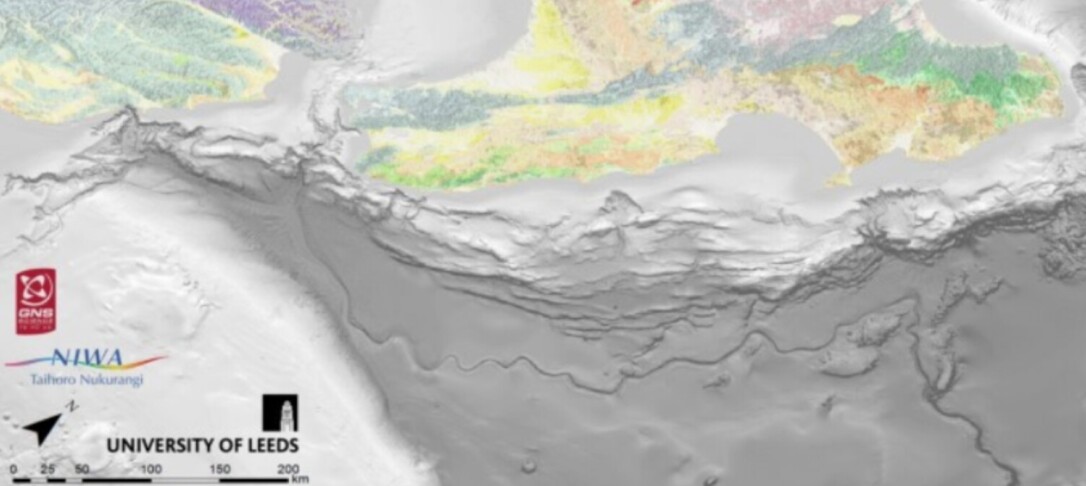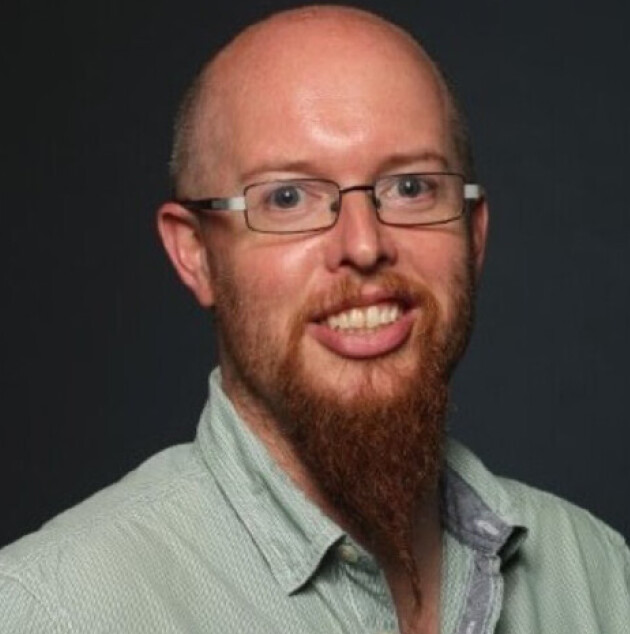
Dr Adam McArthur will deliver the ESE Departmental Seminar on Thursday the 7th of December 2023: “The origin, evolution and termination of a deep ocean channel”.
Join us in room G41 – RSM Building – on Thursday 7th of December 2023 at 12h15.
Abstract
Submarine channels are the largest conveyor of sediment on earth, but little is known about their deep ocean nature. Here, we utilise subsurface data to describe the origin, evolution and termination of the Hikurangi Channel system, which begins offshore New Zealand, initially running along the Hikurangi subduction Trench, but runs for 2000 km across the Pacific, ending in water depths >4 km. The Channel initiated ~3.5 Ma as a series of isolated, erosional conduits, typically <5 km wide, often with chaotic fill. Evolution to an aggradational, levee bound channel, with organised fill, up to 10 km wide bound by levees tens of kilometres wide, occurred in response to increased sediment flux. The channel terminates in a series of lobe complexes, which progressively advanced in front of the propagating channel. The channel has survived the
largest channel-wall collapse ever documented and diversion by the largest mass-transport complex on Earth. Documenting how such channels evolve and distribute sediment has implications for understanding the transport and preservation of organic matter and pollutants in the deep seas.
 About the speaker
About the speaker
Adam is interested in all aspects of Earth science, having graduated with a bachelor’s degree in Geology from the University of Aberdeen, Scotland, in 2006 and PhD from the same institute in 2012, between which he worked in industry. Adam’s doctorate focused on understanding deep-marine synrift strata by integration of datasets ranging from the microscopic to plate scale. Following this, Adam led a research team at the Universidade Federal do Rio Grande do
Sul, in Brazil, developing new methods for the study of deepmarine depositional environments. Adam joined the University of Leeds in 2017, initially working on the Hikurangi subduction margin of New Zealand. Adam now leads the Turbidites Research Group at the University of Leeds; one of the world’s leading JIPs on deep-water sedimentology, presently supervising 10 post-grads and several post-doc projects, with a global interest in marine geology.
 About the speaker
About the speaker